Tree Frogs
- March 27, 2024
- 0 comment
Tree frogs, captivating denizens of both tropical rainforests and suburban gardens, are renowned for their arboreal lifestyle and distinctive vocalizations. These amphibians, belonging to various genera and species worldwide, exhibit a fascinating array of colors and patterns, often blending seamlessly with their lush green habitats. These tiny creatures boast remarkable climbing abilities, thanks to their specialized adhesive toe pads, allowing them to navigate vertical surfaces with ease. From the iconic red-eyed tree frog with its vibrant hues to the translucent beauty of glass frogs, each species brings its own unique charm to the tapestry of nature.
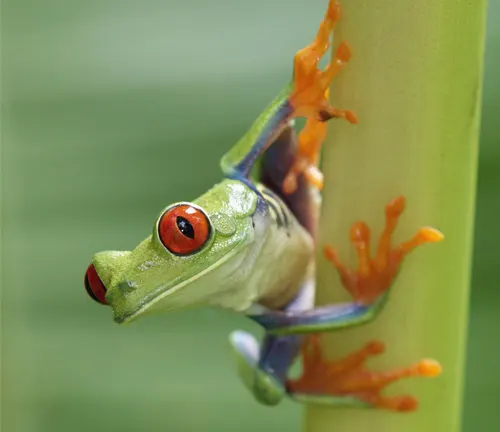
Despite their diminutive size, tree frogs play a vital role in ecosystem dynamics, serving as both predator and prey and acting as sensitive indicators of environmental health. Yet, these enchanting creatures face threats from habitat loss, pollution, and disease, highlighting the need for concerted conservation efforts to safeguard their future. As symbols of biodiversity and natural wonder, tree frogs remind us of the rich tapestry of life on Earth and the importance of preserving it for generations to come.
Tree Frogs Characteristics
| Category | Details |
|---|---|
| Scientific Classification | Kingdom: Animalia Phylum: Chordata Class: Amphibia Order: Anura Family: Various (e.g., Hylidae, Centrolenidae) |
| Habitat | Tropical rainforests, temperate woodlands, suburban gardens, various arboreal environments |
| Size | Varies by species; typically range from a few centimeters to several inches in length |
| Coloration | Wide range of colors and patterns; often green, brown, blue, or translucent depending on species |
| Diet | Insects, spiders, small invertebrates; opportunistic feeders |
| Predators | Birds, snakes, mammals; may include humans (for pet trade) |
| Lifespan | Varies by species; generally several years to over a decade in captivity |
| Reproduction | Eggs laid in water; tadpoles undergo metamorphosis into frogs |
| Conservation Status | Varies by species; many face threats from habitat loss, pollution, and disease |
| Conservation Efforts | Habitat restoration, captive breeding programs, public awareness campaigns |
Tree Frogs
Tree frogs are among the fascinating creatures that inhabit various parts of the world, from lush rainforests to urban gardens. These amphibians, known for their remarkable climbing abilities and distinct vocalizations, offer a glimpse into the intricate wonders of nature. In this article, we delve into the captivating world of tree frogs, exploring their diverse types, habitat, lifecycle, and ecological significance.
Habitat and Distribution
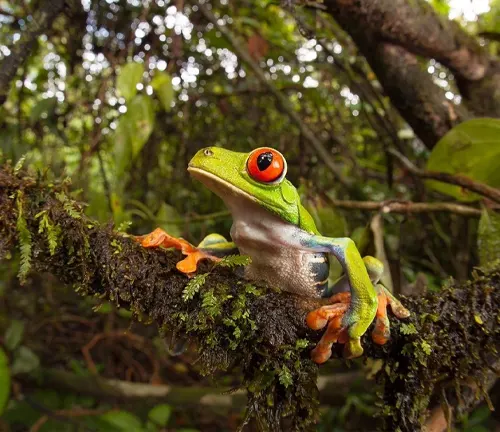
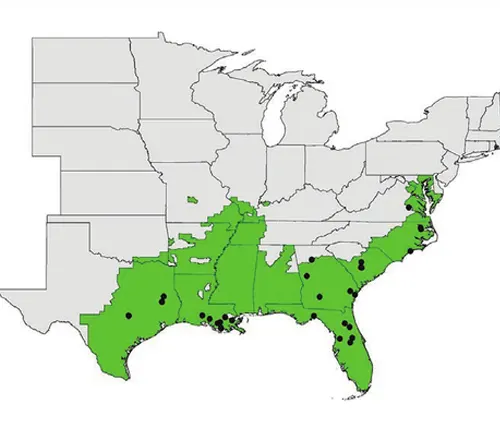
The habitat and distribution of tree frogs vary depending on the species, but they are predominantly found in moist environments such as tropical rainforests, temperate woodlands, and subtropical regions. These amphibians are highly adaptable and can thrive in a variety of habitats as long as there is suitable vegetation and moisture levels.
In tropical rainforests, tree frogs inhabit the dense foliage of trees, where they find ample hiding spots and access to prey. They are also commonly found in wetlands, marshes, and ponds within forested areas, where they breed and lay their eggs in water.
In temperate woodlands, tree frogs may be found in deciduous or coniferous forests, where they seek out moist and shaded areas for shelter. They are often associated with bodies of water such as ponds, streams, and swamps, which provide breeding sites and access to food.
Suburban gardens and urban green spaces can also serve as habitats for tree frogs, especially in areas with abundant vegetation and water sources. These adaptable amphibians may take advantage of ponds, garden ponds, and even artificial structures such as drainage pipes and rain gutters as breeding sites and shelter.
Tree frog distribution varies widely depending on factors such as climate, habitat availability, and human activity. Some species have wide ranges and can be found across multiple continents, while others are more localized and restricted to specific regions or ecosystems. Conservation efforts are crucial to preserving the habitat and ensuring the survival of tree frog populations, especially in the face of habitat loss, pollution, and climate change.
Physical Characteristics
Size and Coloration
Tree frogs exhibit a wide range of sizes and colorations, varying between species and even individuals within the same species. Sizes can range from just a few centimeters to several inches in length, with some species being notably smaller or larger than others. As for coloration, tree frogs come in an array of hues including vibrant greens, earthy browns, striking blues, and even translucent shades. These colors often serve as camouflage, helping tree frogs blend into their natural surroundings such as lush foliage or bark of trees.
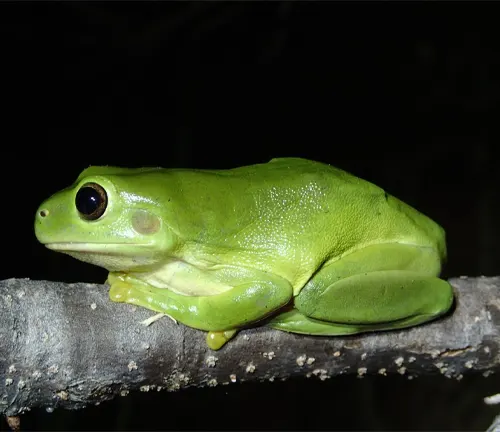
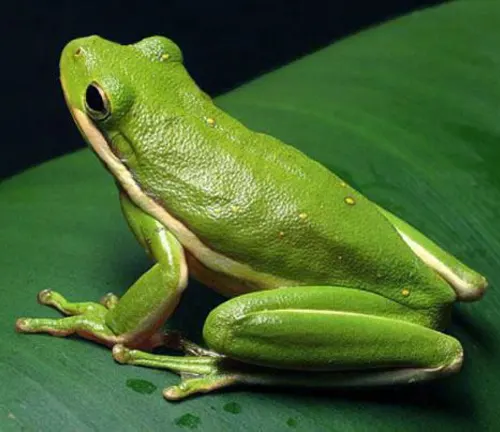
Unique Features
One of the most distinctive features of tree frogs is their specialized toe pads. These adhesive pads, located on the tips of their toes, are equipped with tiny structures that create friction, allowing the frogs to grip onto various surfaces with remarkable agility. This adaptation enables tree frogs to climb vertical surfaces such as tree trunks and leaves with ease, making them well-suited for their arboreal lifestyle.
Lifecycle and Reproduction
Tree frogs undergo a remarkable transformation from aquatic tadpoles to terrestrial adults. After hatching from eggs laid in water, tadpoles spend their early stages feeding and growing before undergoing metamorphosis into frogs.
Tadpole Stage
During the tadpole stage, tree frogs begin their life cycle as aquatic larvae. Tadpoles have elongated bodies with a tail for swimming and external gills for breathing underwater. They primarily feed on algae, plant matter, and microscopic organisms found in their aquatic habitat. As tadpoles grow, they undergo gradual development, with their bodies gradually transforming to prepare for life on land. This stage typically lasts several weeks to months, depending on factors such as species, environmental conditions, and food availability.

Metamorphosis into Frogs
Metamorphosis is a remarkable process through which tadpoles transform into fully-formed frogs. As they mature, tadpoles undergo a series of physical changes, including the growth of hind limbs followed by forelimbs, the development of lungs for breathing air, and the absorption of the tail. These changes culminate in the emergence of miniature frogs capable of both terrestrial and aquatic life. The timing and duration of metamorphosis vary among species, with some completing the process relatively quickly while others may take several months. Once metamorphosis is complete, young frogs emerge from the water and begin their life as terrestrial amphibians, exploring their surroundings and hunting for prey on land.
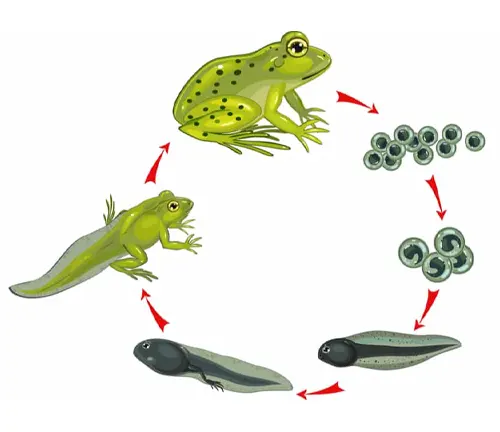
Diet and Feeding Habits
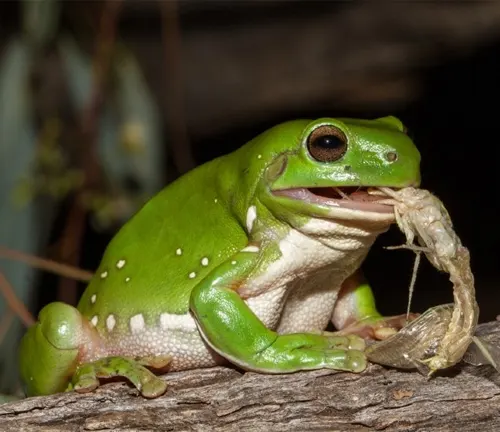
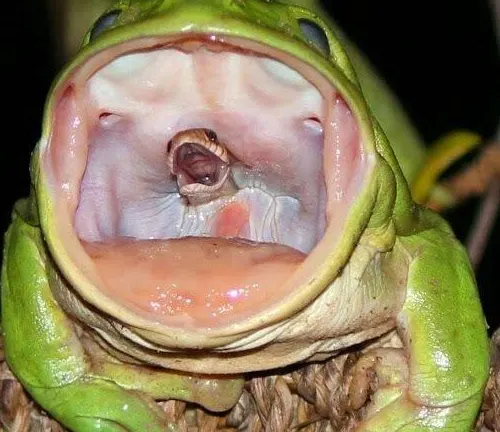
Tree frogs are carnivorous amphibians with a diverse diet consisting mainly of insects, spiders, and other small invertebrates. They are opportunistic feeders, meaning they will consume any suitable prey that they encounter. Common food items for tree frogs include crickets, flies, moths, ants, beetles, and caterpillars. These agile hunters use their keen eyesight and quick reflexes to capture prey, often employing a sit-and-wait strategy to ambush passing insects.
Feeding habits may vary depending on factors such as habitat, time of day, and availability of prey. Many tree frogs are nocturnal, meaning they are most active during the night when their prey is abundant. They hunt by perching on vegetation or other surfaces and waiting for insects to come within striking distance. Once prey is detected, tree frogs use their sticky tongues to snatch it from the air or nearby surfaces with lightning-fast precision.
Predators and Defense Mechanisms
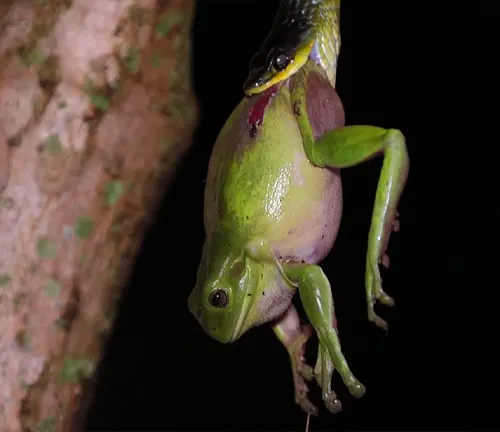
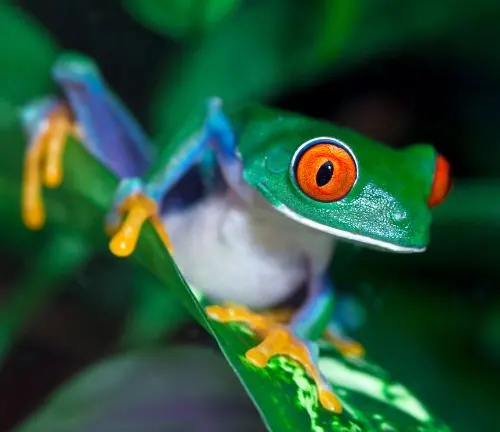
Tree frogs face predation from a variety of natural predators, including birds, snakes, mammals, and predatory insects. Despite their agility and ability to blend into their surroundings, tree frogs employ several defense mechanisms to avoid becoming prey.
One of the primary defense mechanisms of tree frogs is camouflage. Many species have evolved to match the coloration and patterns of their surrounding environment, making them difficult for predators to detect among foliage or tree bark. By blending in with their surroundings, tree frogs can avoid detection and reduce the risk of predation.
Some tree frog species also possess toxic skin secretions as a form of chemical defense. These toxins, which are produced by specialized glands in the skin, can be harmful or even lethal to predators if ingested or contacted. Brightly colored patterns or warning signals often accompany these toxic secretions, serving as a visual deterrent to potential predators.
Adaptations for Tree-dwelling
Tree frogs have evolved several adaptations that enable them to thrive in arboreal environments. One of the most notable adaptations is their specialized toe pads, equipped with microscopic structures that allow them to adhere to vertical surfaces such as tree bark. These adhesive toe pads provide tree frogs with exceptional climbing abilities, allowing them to navigate through dense foliage and climb tall trees with ease. Additionally, their slender bodies and elongated limbs aid in maneuvering through branches, while their cryptic coloration provides camouflage against potential predators.
Importance in Ecosystem
Tree frogs play a crucial role in ecosystem dynamics, serving as both predators and prey in terrestrial and aquatic food webs. As predators, they help control insect populations, including mosquitoes and agricultural pests, thus contributing to natural pest control. Additionally, tree frogs serve as prey for a variety of predators, including birds, snakes, and mammals, making them an important food source for maintaining predator populations. Furthermore, their presence indicates the health of ecosystems, making them valuable indicators of environmental quality and habitat integrity.
Conservation Status
The conservation status of tree frogs varies depending on the species and their respective habitats. While some species may be abundant and widespread, others are threatened or endangered due to habitat loss, pollution, climate change, and infectious diseases. Habitat destruction, resulting from deforestation, urbanization, and agricultural expansion, poses one of the most significant threats to tree frog populations worldwide. Additionally, pollution from pesticides, herbicides, and industrial runoff can contaminate water sources and disrupt breeding habitats, further endangering these amphibians.
Threats to Tree Frogs
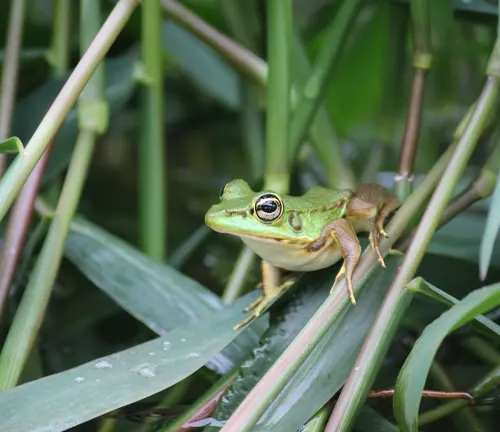
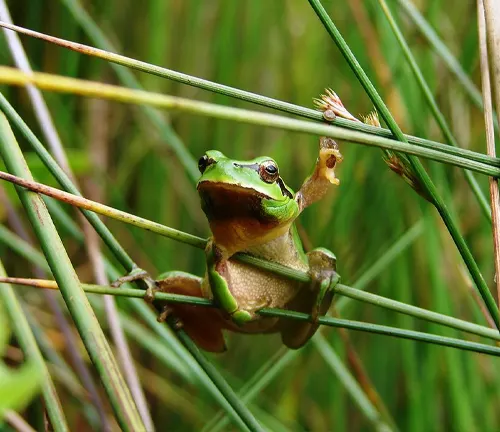
Tree frogs face various threats that jeopardize their survival, including habitat loss, pollution, climate change, infectious diseases, and invasive species. Deforestation and habitat fragmentation reduce the availability of suitable habitats for tree frogs, leading to population declines and loss of genetic diversity. Pollution from agricultural runoff, urban development, and industrial activities contaminates water sources and disrupts aquatic ecosystems where tree frogs breed and develop. Climate change, with its associated effects such as rising temperatures, altered precipitation patterns, and habitat disruption, poses additional challenges to tree frog survival. Moreover, infectious diseases like chytridiomycosis, caused by the chytrid fungus, have decimated tree frog populations in many parts of the world.
Efforts in Conservation
Efforts to conserve tree frog populations and their habitats are underway globally, involving various strategies such as habitat protection, captive breeding programs, education and outreach, and scientific research. Conservation organizations work to establish protected areas, restore degraded habitats, and implement sustainable land management practices to preserve tree frog habitats and prevent further habitat loss. Captive breeding programs aim to breed and reintroduce endangered species into the wild, thereby bolstering dwindling populations and enhancing genetic diversity. Education and outreach initiatives raise awareness about the importance of tree frogs in ecosystems and promote conservation actions at local, national, and international levels. Scientific research plays a crucial role in understanding the ecology, behavior, and conservation needs of tree frogs, informing conservation strategies and management decisions aimed at ensuring their long-term survival.
Interaction with Humans
Pet Trade
Some species of tree frogs are popular in the exotic pet trade due to their colorful appearance and relatively low maintenance requirements. However, the illegal capture and trade of wild-caught individuals pose threats to wild populations.
Scientific Research
Tree frogs are subjects of scientific research due to their unique physiological adaptations and ecological roles. Studies on their behavior, physiology, and genetics contribute to our understanding of amphibian biology and ecosystem dynamics.
Fascination and Cultural Significance
Tree frogs have captured the imagination of people worldwide, inspiring art, literature, and cultural symbolism. Their presence in folklore and mythology reflects their significance in human culture and our deep connection to the natural world.
Different Species
Green Tree Frog
(Hyla cinerea)
Commonly found in the southeastern United States, these frogs are known for their vibrant green coloration and distinctive vocalizations.
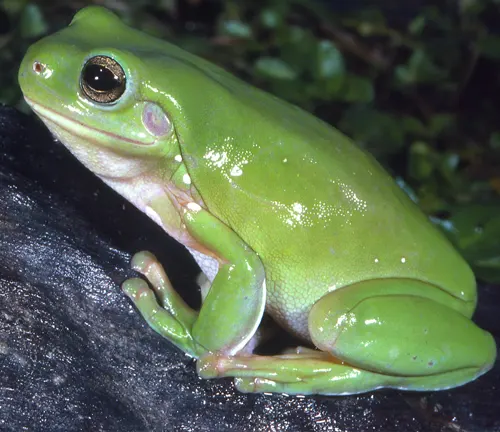
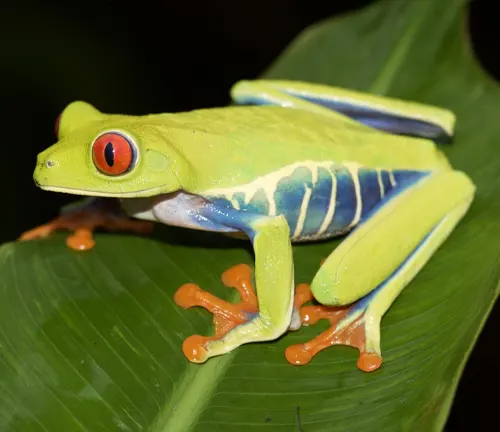
Red-eyed Tree Frog
(Agalychnis callidryas)
Native to the rainforests of Central and South America, these iconic frogs boast vivid green bodies and striking red eyes.
Gray Tree Frog
(Hyla versicolor)
Widely distributed across North America, these frogs exhibit gray or greenish-gray coloration and are known for their excellent camouflage.
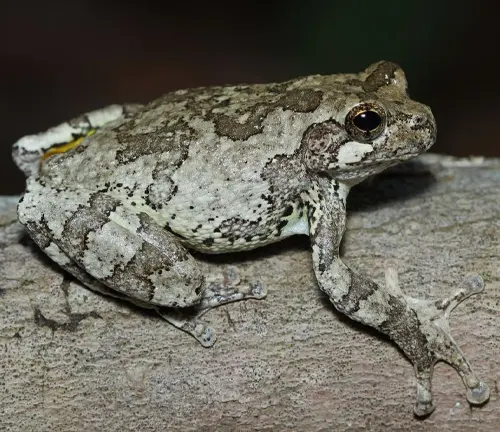
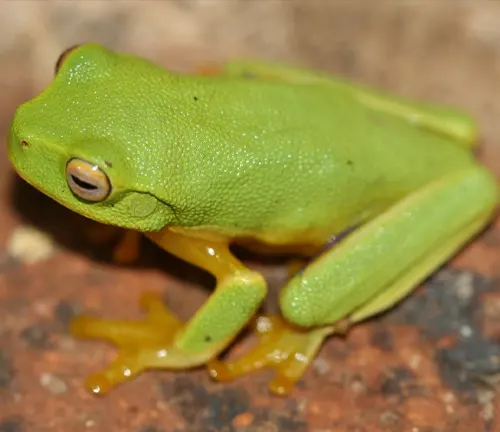
Dainty Green Tree Frog
(Litoria gracilenta)
Found in Australia, these small, slender frogs are characterized by their bright green coloration and slender body shape.
White-lipped Tree Frog
(Litoria infrafrenata)
Native to New Guinea and Australia, these large tree frogs have distinctive white lips and can reach impressive sizes.
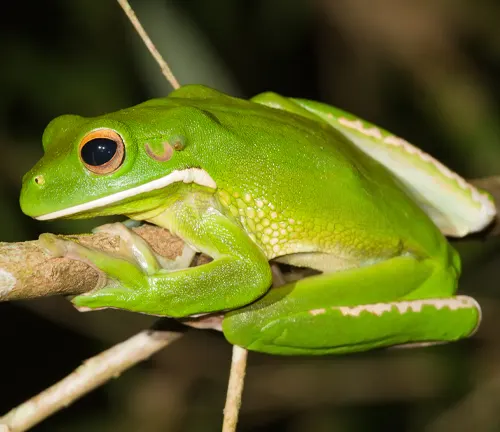
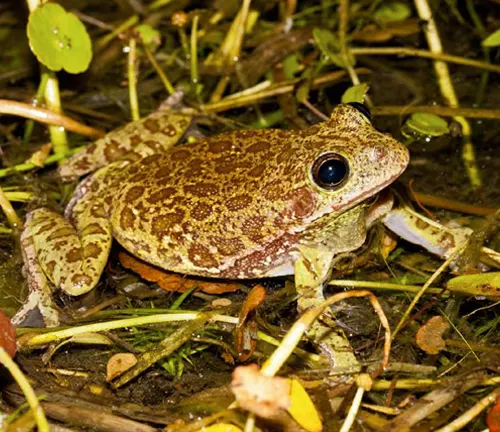
Barking Tree Frog
(Hyla gratiosa)
Found in the southeastern United States, these frogs are known for their loud, dog-like barking calls during the breeding season.
Splendid Leaf Frog
(Cruziohyla calcarifer)
Native to Central and South America, these large frogs have vibrant green bodies and striking orange markings on their limbs.

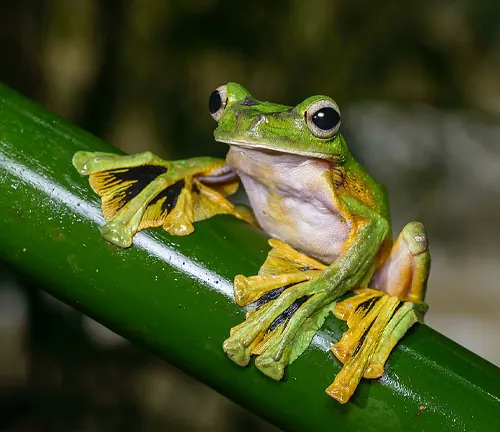
Wallace’s Flying Frog
(Rhacophorus nigropalmatus)
Found in Southeast Asia, these tree frogs have extensive webbing between their toes, allowing them to glide gracefully from tree to tree.
Waxy Monkey Frog
(Phyllomedusa sauvagii)
Native to South America, these frogs have a waxy secretion covering their bodies, providing protection from predators and reducing water loss.
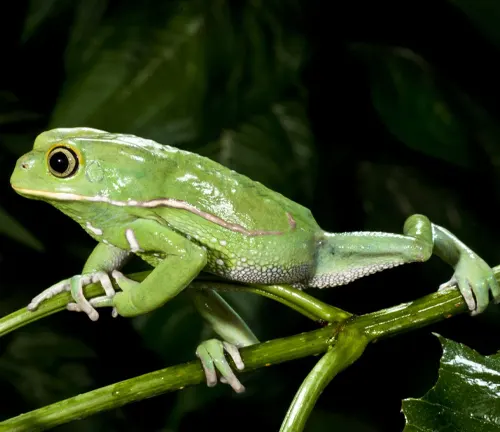
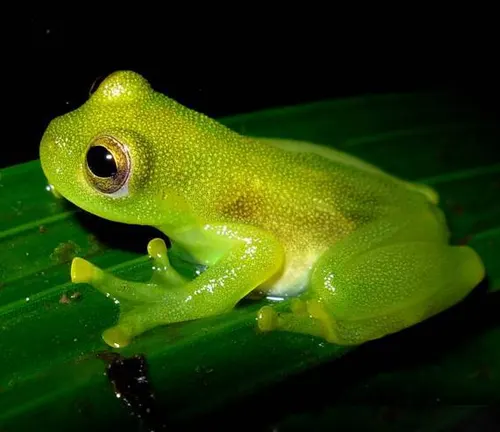
Glass Frog
(Centrolenidae family)
Various species within the Centrolenidae family are known as glass frogs due to their translucent skin, which allows their internal organs to be visible.
Frequently Asked Questions (FAQs)
- How do tree frogs climb trees? Tree frogs have specialized toe pads with tiny, hair-like structures that create friction, allowing them to adhere to various surfaces, including tree bark. This adaptation enables them to climb trees with ease.
- Do tree frogs need water to survive? While tree frogs lay their eggs in water and undergo the tadpole stage in aquatic environments, adult tree frogs do not require constant access to water. They obtain moisture from dew, rain, and humidity in their arboreal habitats.
- Can tree frogs change color? Yes, some species of tree frogs can change color to some extent based on factors such as temperature, humidity, and stress levels. This color change helps them regulate body temperature and camouflage against predators.
- Are tree frogs nocturnal? Many species of tree frogs are nocturnal, meaning they are most active during the night. They hunt for prey, communicate with other frogs, and engage in mating activities under the cover of darkness.
- How do tree frogs communicate? Tree frogs communicate primarily through vocalizations, which vary in pitch, duration, and frequency depending on the species and context. These calls are used for territorial defense, attracting mates, and signaling alarm.
- Do tree frogs hibernate? Some species of tree frogs in temperate regions may enter a state of hibernation, known as brumation, during cold winter months. They seek shelter in protected locations and become less active until temperatures rise again in spring.
- Can tree frogs regenerate lost limbs? Unlike some other amphibians like salamanders, tree frogs do not have the ability to regenerate lost limbs. However, they can heal from injuries, and minor damage to limbs may eventually heal over time.
- What are the main predators of tree frogs? Predators of tree frogs vary depending on their habitat but may include birds, snakes, mammals, and predatory insects. Some species of frogs also face threats from introduced predators in non-native habitats.
- Do tree frogs have any cultural significance? Yes, tree frogs hold cultural significance in various societies around the world. They feature in folklore, myths, and indigenous beliefs, symbolizing fertility, transformation, and the interconnectedness of nature.
- How do tree frogs survive in the rainforest canopy? Tree frogs in rainforest canopies have specialized adaptations for life in the treetops, including suction-cup-like toe pads for climbing, cryptic coloration for camouflage, and a diet that includes a wide range of small prey items.


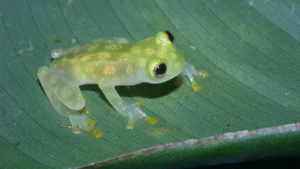


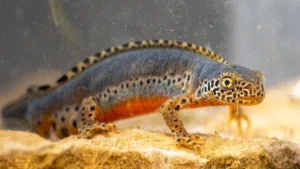

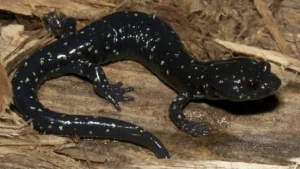
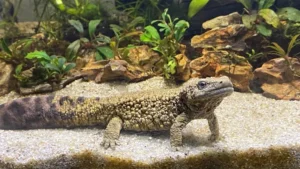
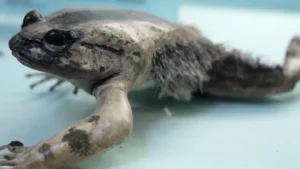

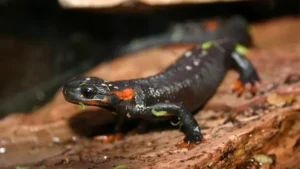
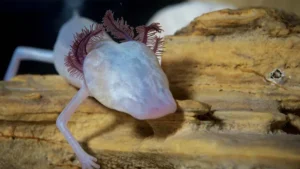
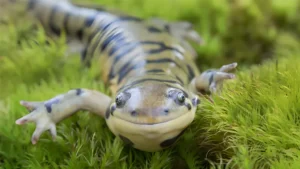
Leave your comment